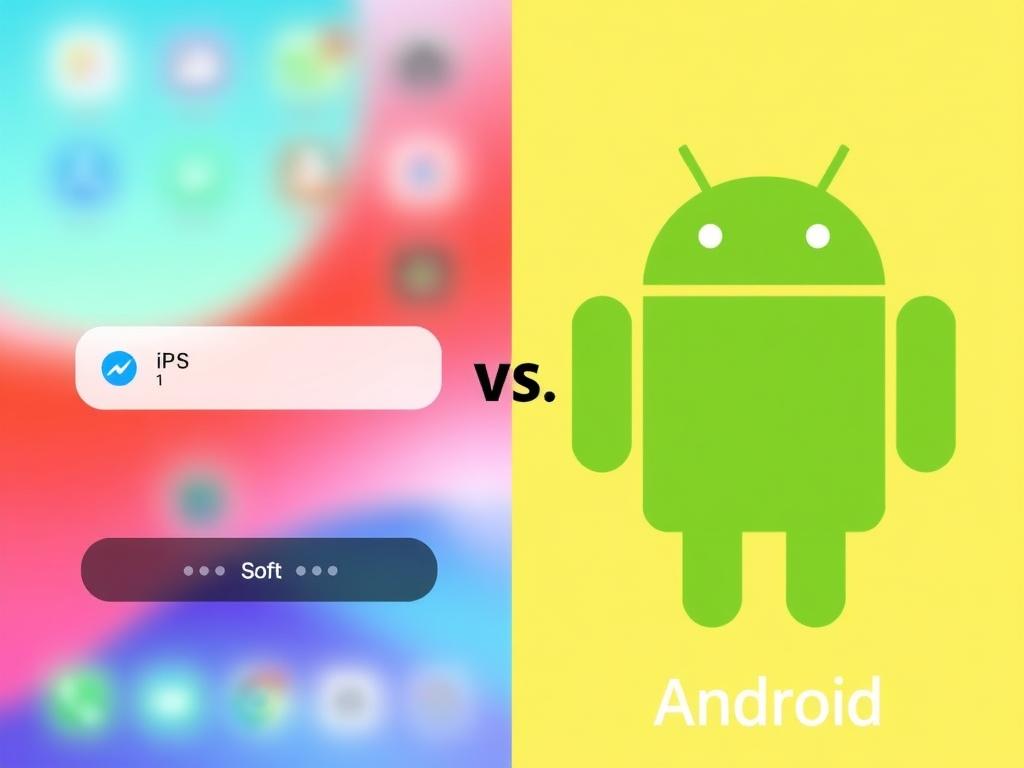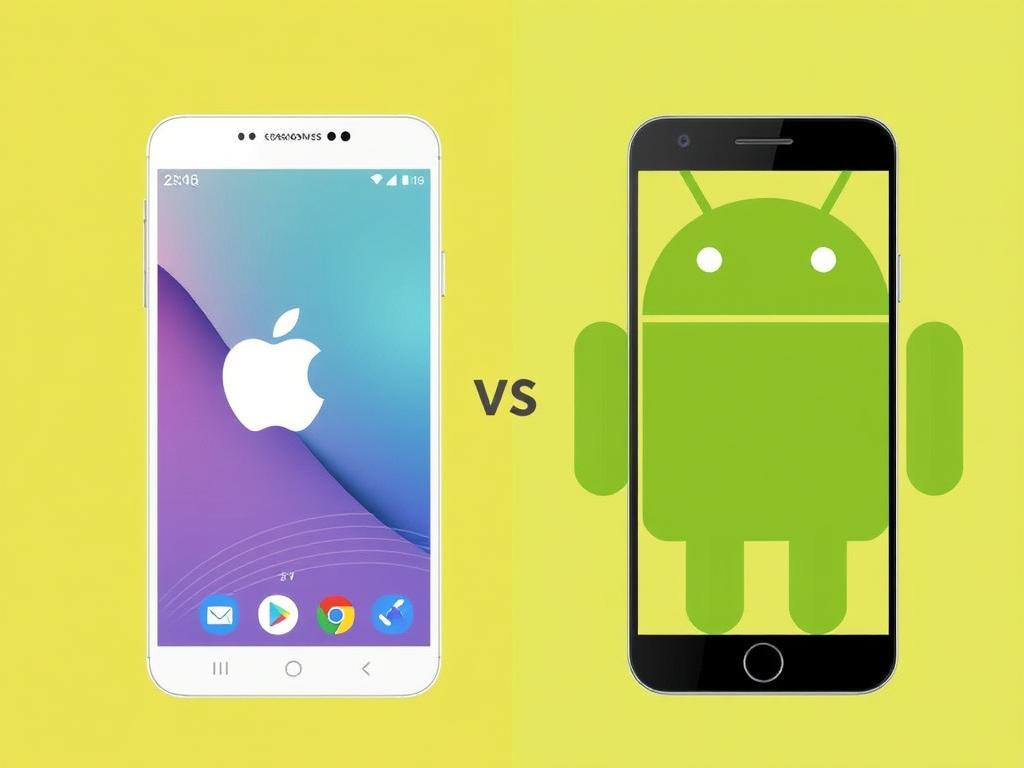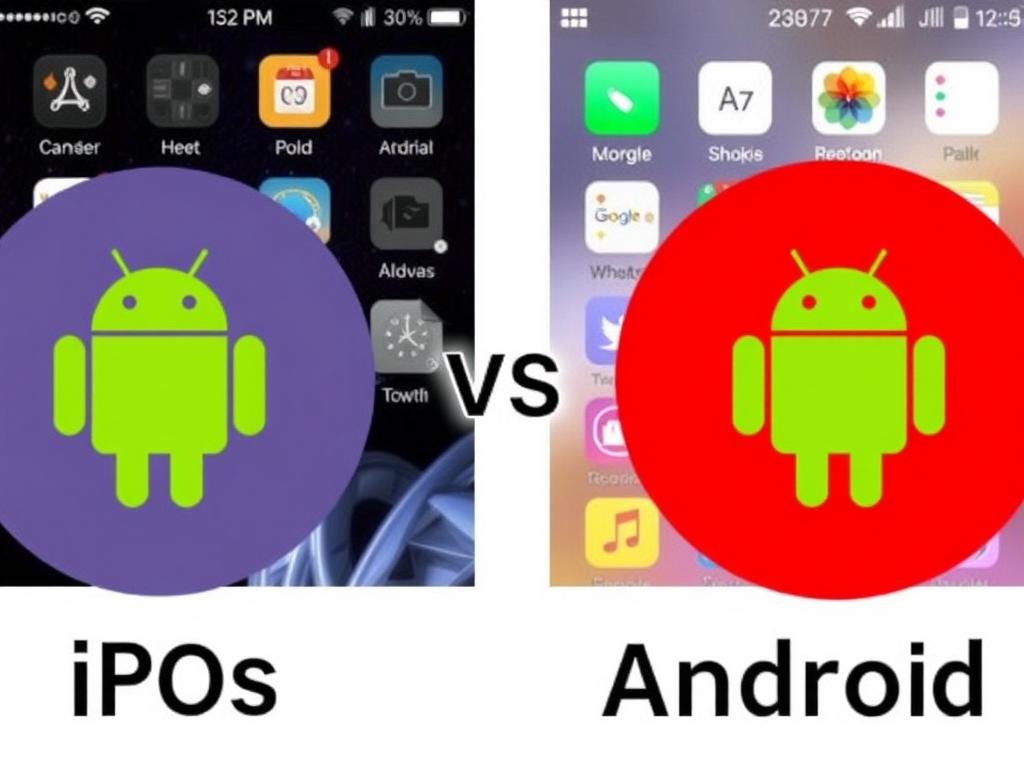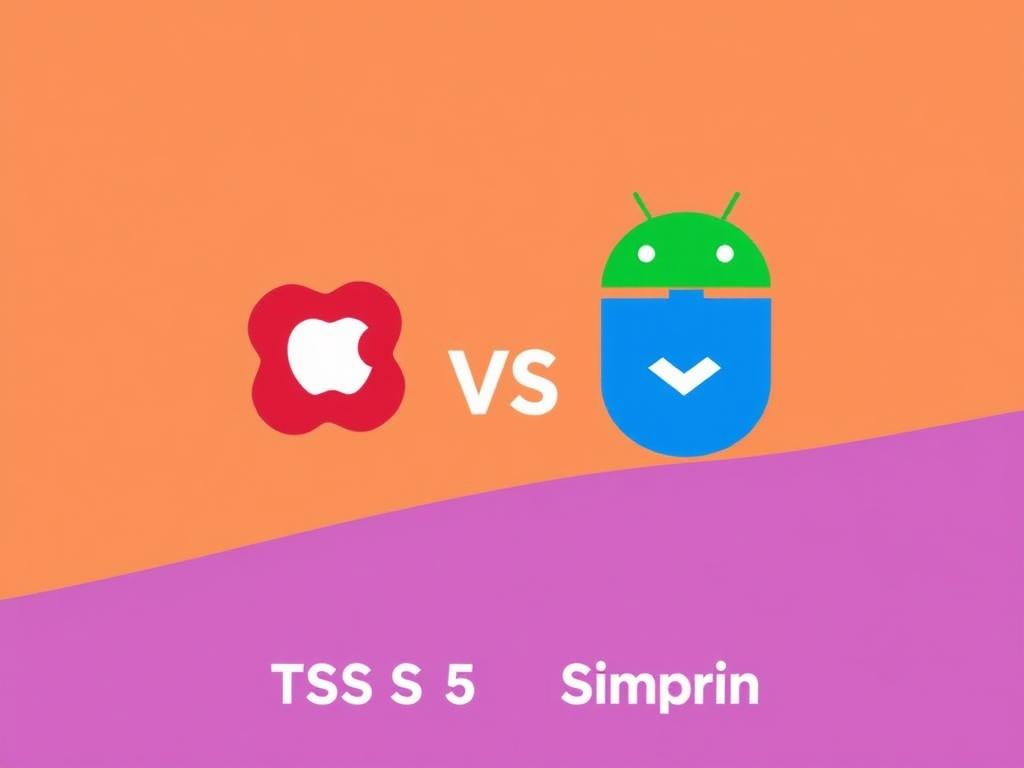Understanding Soft Updates: What Are They?

Soft updates have become an essential part of the mobile operating system ecosystem, offering users seamless enhancements without the need for disruptive interruptions. But what exactly are soft updates? Unlike traditional updates that require a full system reboot or a stop in usage, soft updates refer to incremental improvements that are applied quietly in the background. This means your phone can improve its performance, security, or add new features while you continue to use it, often without even noticing. Both iOS and Android have incorporated their versions of soft updates, but the approaches, user experience, and impact vary significantly between them.
How Soft Updates Work on iOS
Apple’s ecosystem is well-known for its smooth, controlled environment. With soft updates, iOS uses a combination of background downloading and staged installation, ensuring minimal impact on the user. When an update is available, iOS downloads the necessary files quietly over Wi-Fi or data and initially installs parts that do not require a reboot. This method not only saves battery but also prevents annoying downtime. The update process involves integrity checks and a smooth transition during device restarts if needed, typically noticeable only by a short, sleek Apple logo screen.
One standout feature of iOS soft updates is the use of differential updates — only the parts of the system that need changes are downloaded, which significantly reduces the data size and update time. Security patches are prioritized, often pushing critical fixes invisibly in the background without user intervention. Moreover, iOS manages these updates centrally, controlling both hardware and software, which allows for a streamlined and consistent experience across all devices.
Soft Updates on Android: Flexibility and Fragmentation
Android’s approach to soft updates is inherently different due to its open-source nature and the diversity of devices and manufacturers. Google introduced features like seamless updates starting on Pixel devices, where the system uses two partitions to install updates in the background. While one partition runs the current system, the other downloads and prepares the update. Upon reboot, the phone switches to the updated partition, minimizing downtime. This method supports soft updates by making the update process faster and less disruptive.
However, due to hardware fragmentation in the Android ecosystem, soft update experiences vary widely. While high-end and recent devices from popular manufacturers might support smooth soft updates, some budget or older devices may still require lengthy manual updates. Additionally, not all Android OEMs or carriers implement Google’s seamless update features promptly or uniformly. This uneven implementation affects how soft updates are perceived by users.
Key Differences Between iOS and Android Soft Updates

Let’s break down the main areas where these two operating systems handle soft updates differently:
| Aspect | iOS | Android |
|---|---|---|
| Update Control | Centralized, Apple-managed updates ensure consistent timing and performance | Decentralized, updates depend on manufacturers and carriers, leading to fragmentation |
| Update Method | Differential downloading and staged installs with limited restarts required | Seamless updates using dual partitions mostly on newer devices; manual updates on older ones |
| User Experience | Smooth, minimal downtime, mostly automatic with discreet notifications | Variable experience, smooth on Pixel and flagship devices but can be lengthy elsewhere |
| Security Patch Delivery | Fast deployment through background soft updates prioritized by Apple | Google delivers patches monthly, but rollout depends on OEM and carrier approval |
| Customization | Limited customization, Apple controls update release | More customizable and flexible, but less uniform experience |
Why Soft Updates Matter to You

Soft updates aren’t just a technical buzzword. For the everyday user, they translate to less frustration and fewer interruptions. Imagine your phone fixing security vulnerabilities or improving battery management without you having to wait for a lengthy update. Both iOS and Android users benefit from this advancement, but understanding their different approaches helps explain why your friend’s iPhone update might be seamless while your Android update takes longer or behaves differently.
Challenges With Soft Updates in Both Systems
Despite their advantages, soft updates also face challenges. On iOS, the centralized nature means updates are uniform, but this can occasionally mean some devices don’t receive support after a period, limiting update availability. Android’s fragmentation leads to security concerns since not all devices receive timely patches. Moreover, soft updates applied in the background require significant storage and battery optimization, which manufacturers are continually refining.
How Users Can Optimize Their Soft Update Experience
Whether you’re an iPhone enthusiast or a devoted Android user, there are practical steps to ensure your phone leverages soft updates smoothly:
- Always connect your device to a stable Wi-Fi network during update periods to enable faster downloads.
- Keep your device charged or plugged in as updates often trigger automatic processes when power is sufficient.
- Enable automatic updates if you prefer hassle-free, background installations.
- Regularly check for system notifications regarding pending updates, especially for security patches.
- Free up storage space periodically so that background downloads and installs don’t get blocked.
The Future of Soft Updates in Mobile OS
Looking ahead, both Apple and Google continue to invest heavily in improving software update systems. Technologies like AI-driven update scheduling and more robust differential patching promise to make soft updates even less intrusive. Android’s Project Treble and Google’s upcoming initiatives aim to address fragmentation, ensuring more devices receive prompt and efficient updates. iOS, on the other hand, might expand its mechanisms to keep older devices secure for longer durations through smarter soft updates.
Summary Table: Soft Updates Strengths and Weaknesses
| Platform | Strengths | Weaknesses |
|---|---|---|
| iOS | Consistent experience, quick security fixes, minimal disruption | Less flexibility, older devices eventually lose update support |
| Android | Customizable, innovative seamless updates, wide device range | Inconsistent rollout, fragmentation delays, varying user experiences |
Conclusion
Soft updates in iOS and Android are designed to keep your devices secure, efficient, and up to date with minimal hassle. While iOS offers a more uniform, centralized approach ensuring smooth and relatively faster updates, Android’s method prioritizes flexibility and innovation, though it faces challenges due to fragmentation and manufacturer control. Both ecosystems continue to enhance their soft update mechanisms, promising a future where users can enjoy continuous improvements without interruption. For most users, understanding these differences can help manage expectations and optimize their device maintenance habits for a more responsive and secure experience. Whether you lean towards iOS’s carefully managed system or Android’s open and customizable environment, soft updates represent a significant leap forward in how mobile devices stay fresh in today’s fast-evolving tech world.

